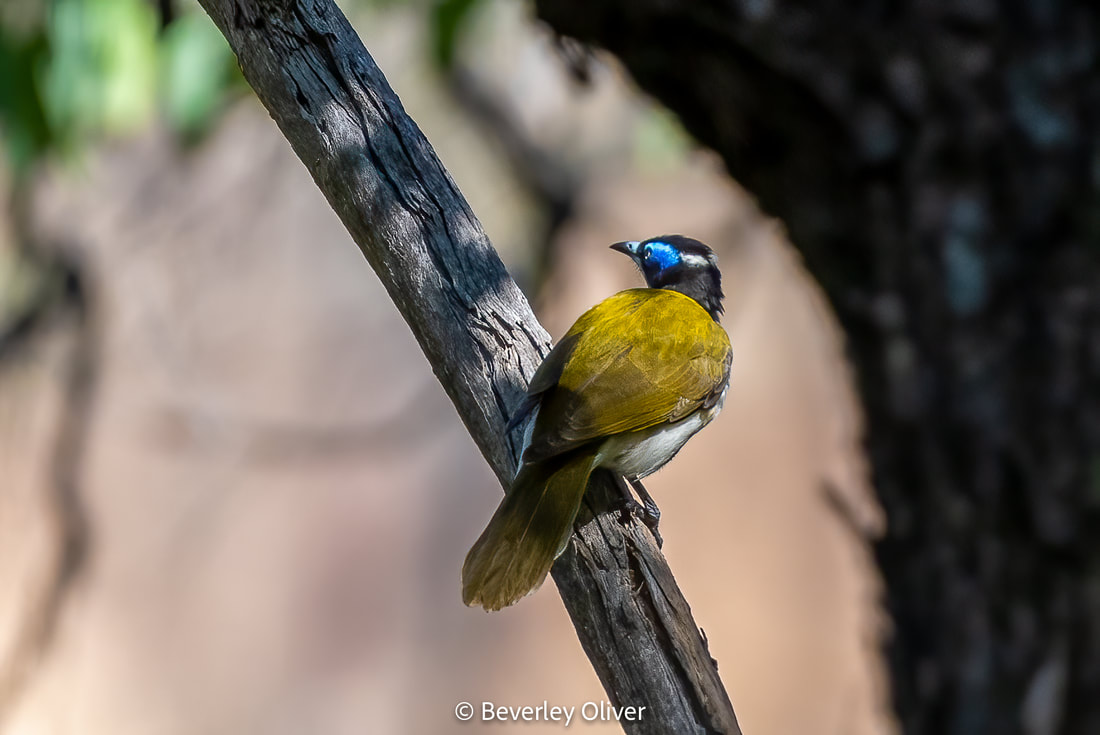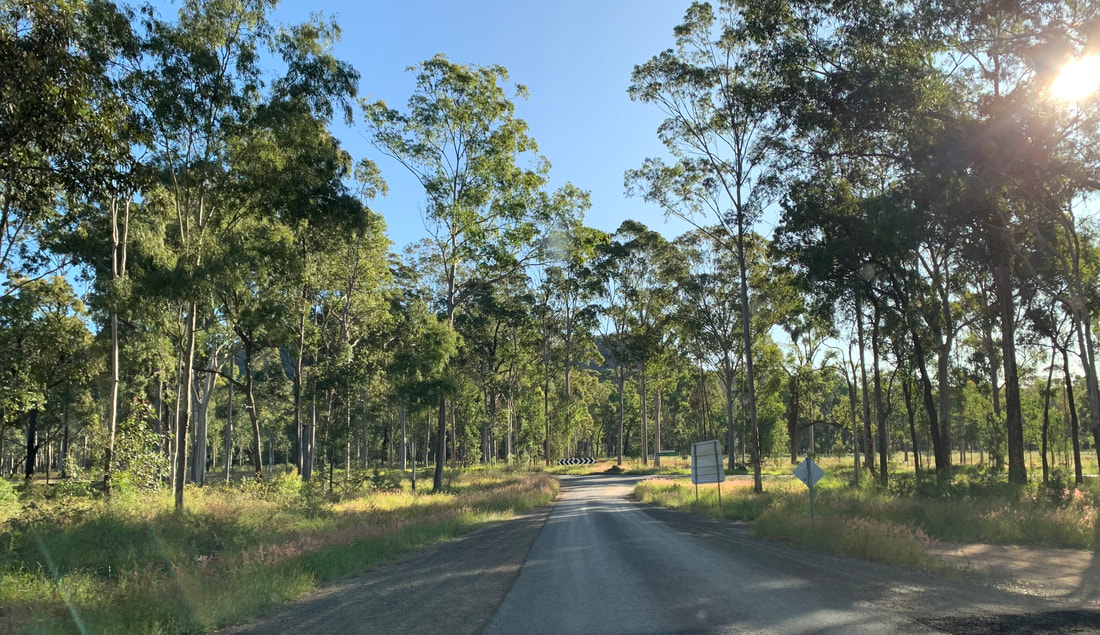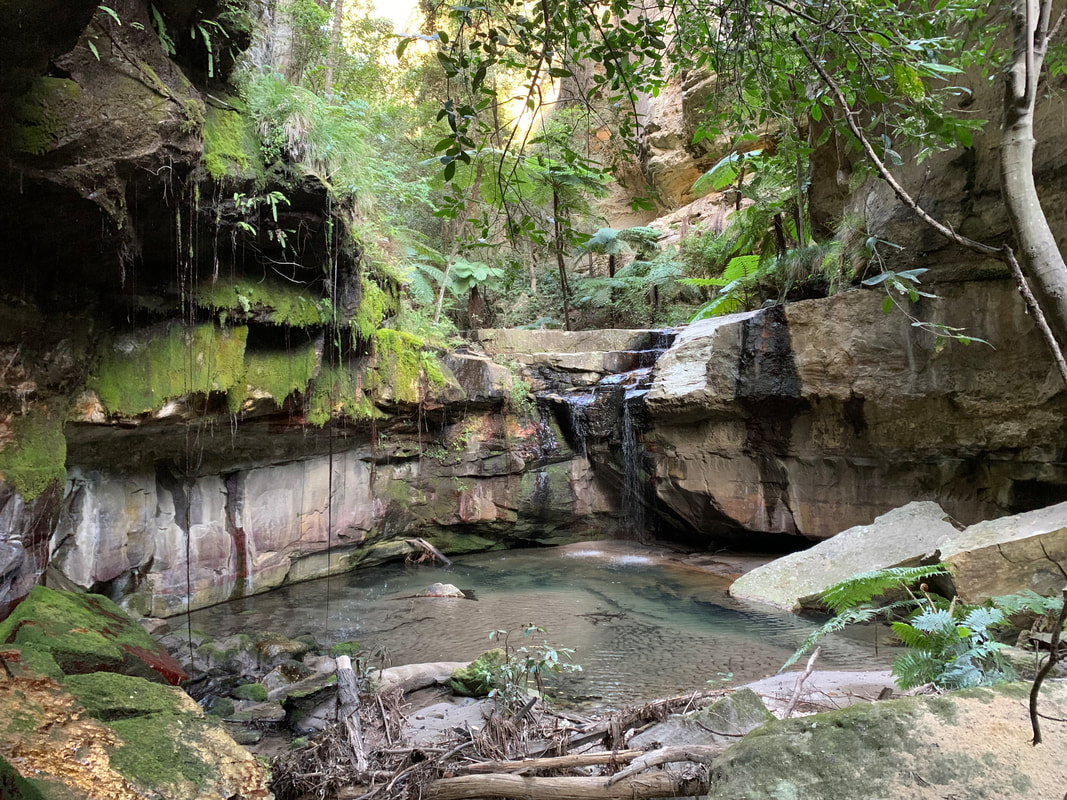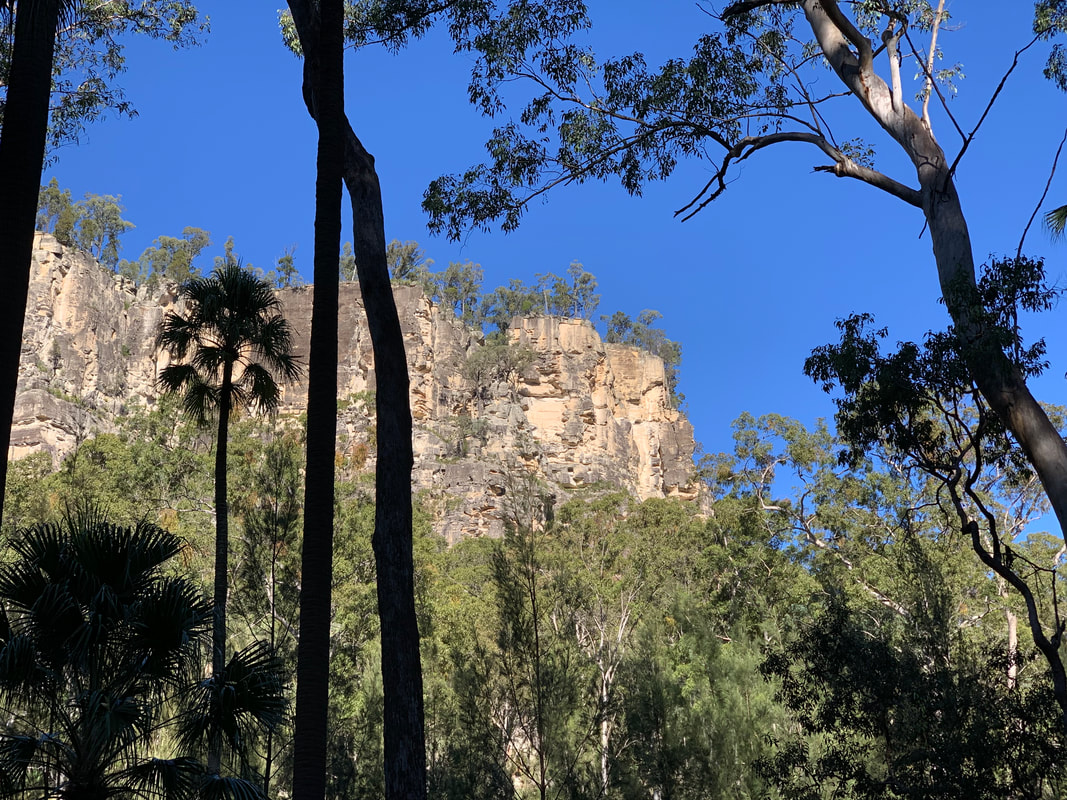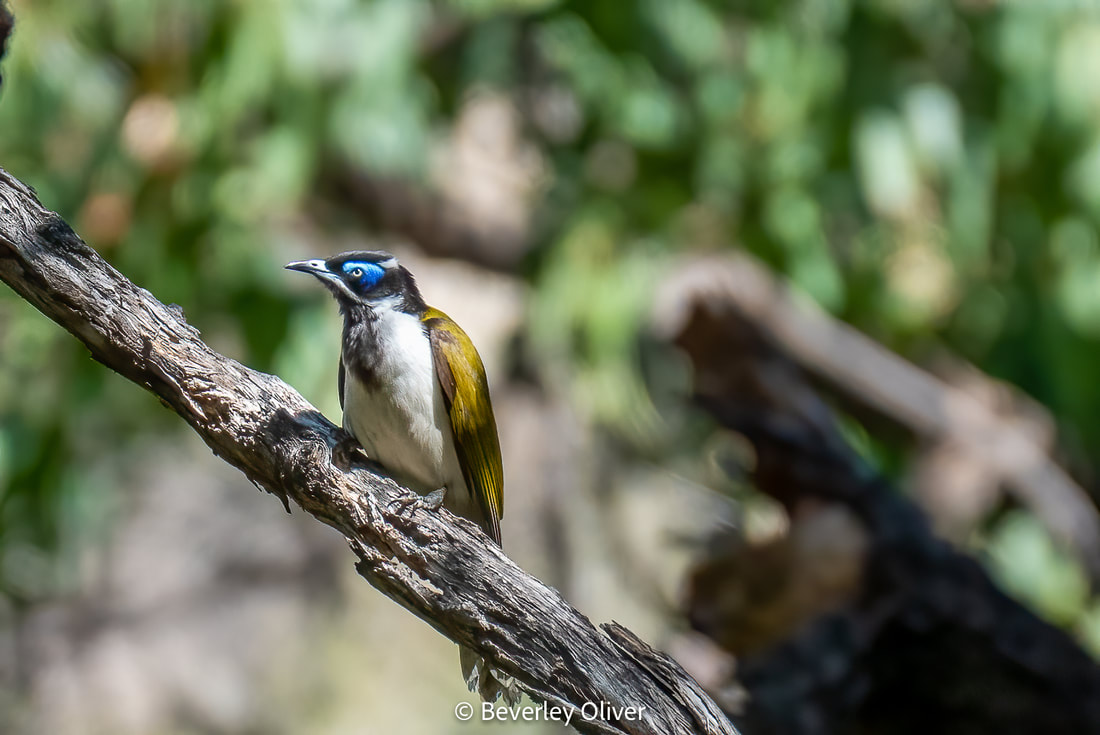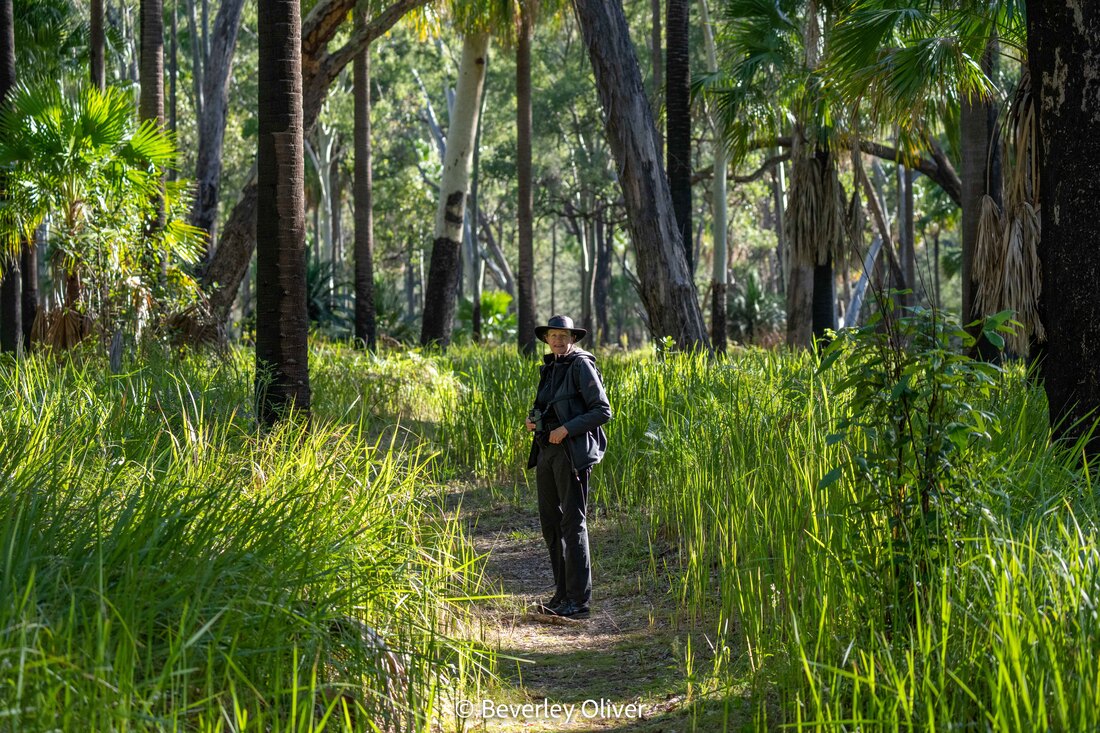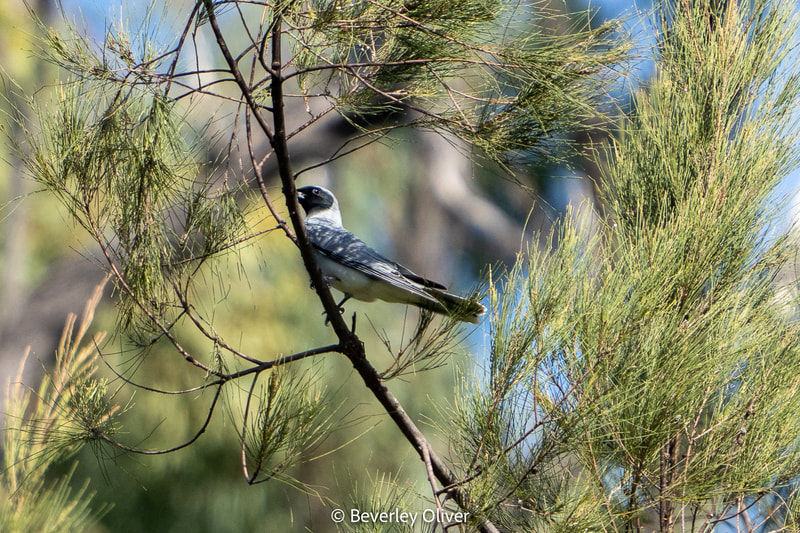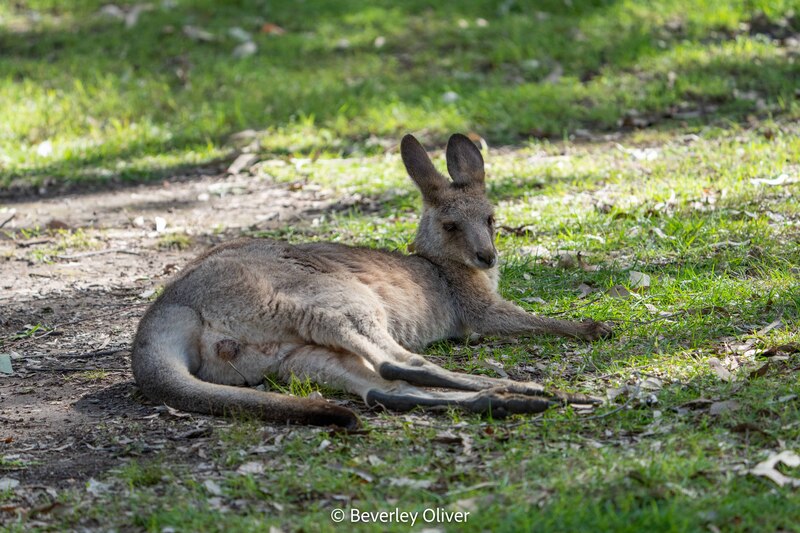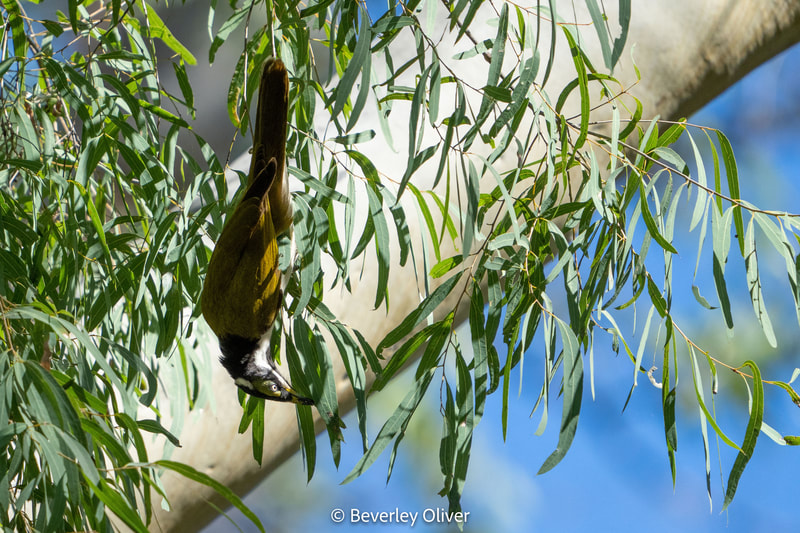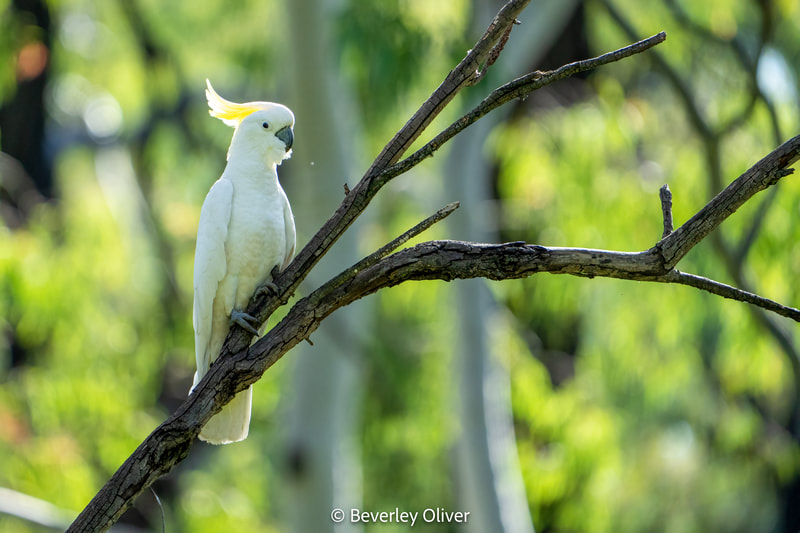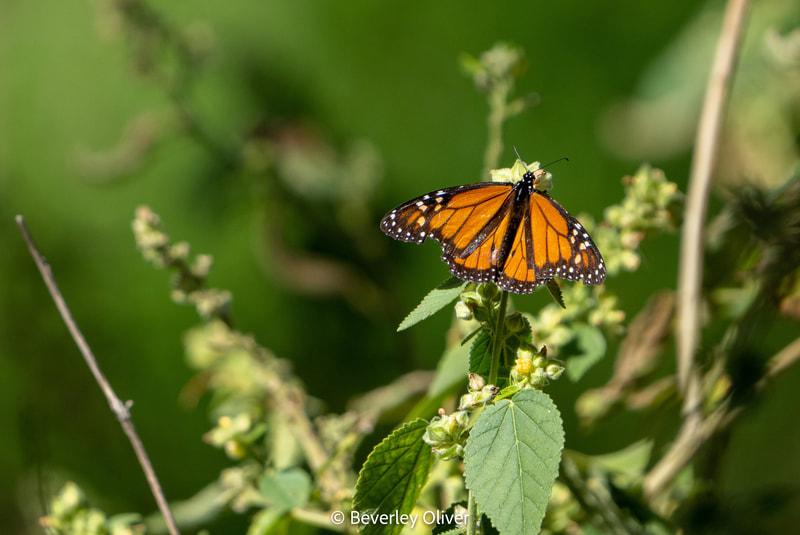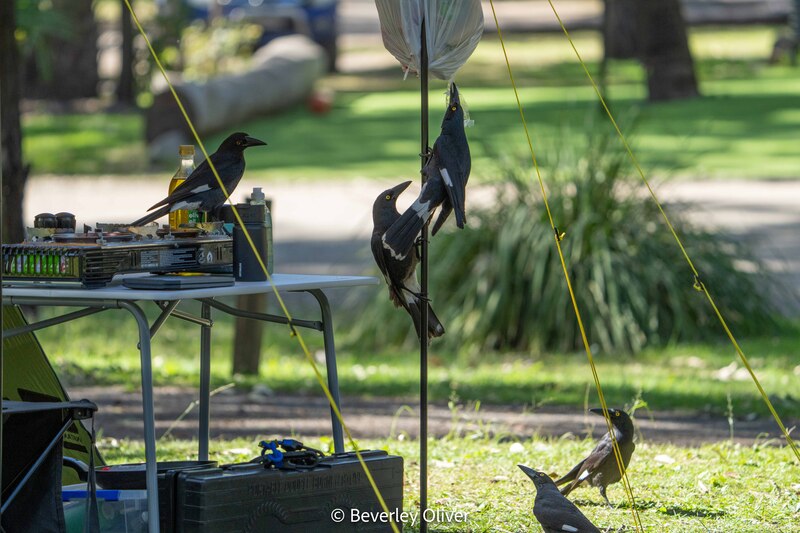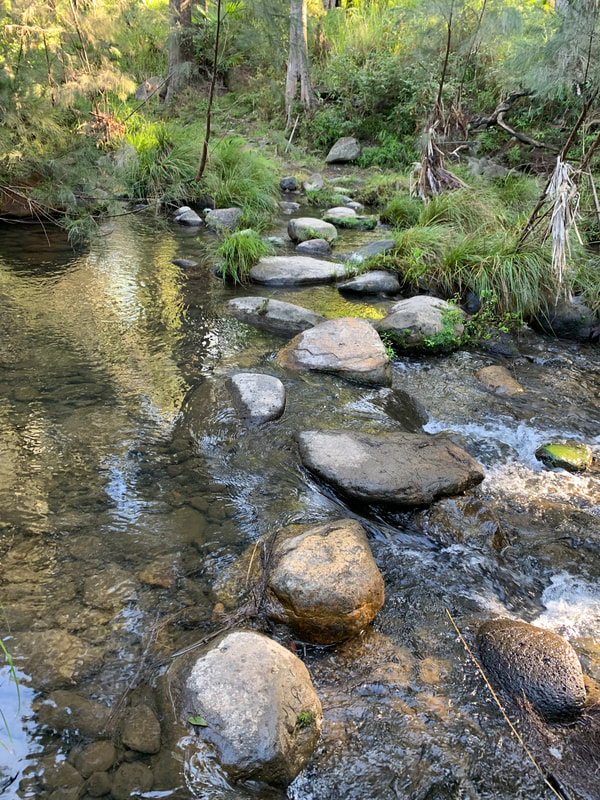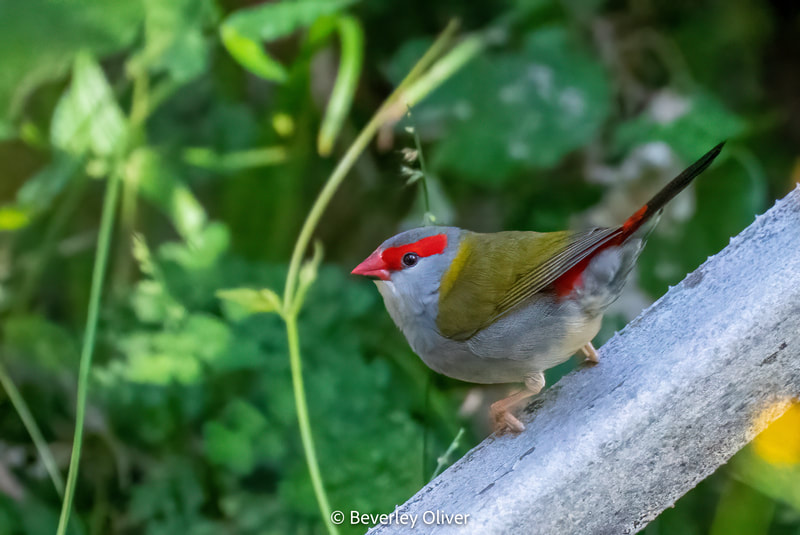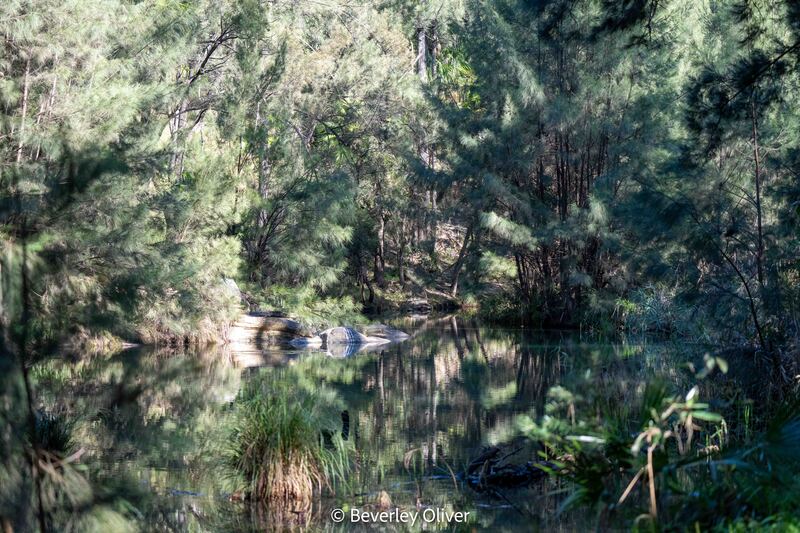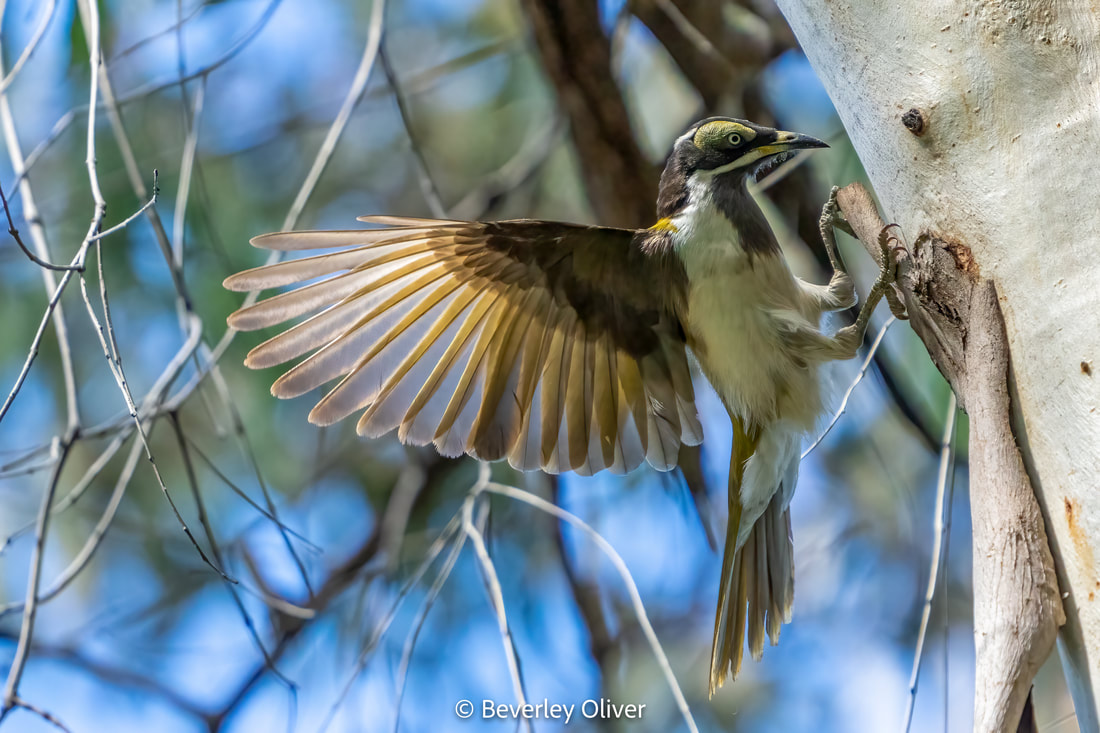|
We were very keen to go to Carnarvon Gorge and much of it was great - other bits, not so much... The turn off to Carnarvon Gorge (O’Briens Road) takes you 40 kms on a good quality road, all sealed, but punctuated with frequent cattle grids, which makes progress a little slow. But the drive and the view of the farmlands, and the hills and escarpments in the distance are spectacular, especially in the late afternoon sun. We arrived at the Takarakka Bush Resort, now a Big 4 Breeze caravan park, in good time for an informative 5pm video presentation all about the Gorge and the walks. The Resort has well-maintained grassed areas and an outdoor bar area just outside the shop. We had booked a cabin with ensuite which was very small but perfectly adequate (though very expensive - read "not good value"). The website information as to what was in the cabin re cooking was not really clear but on arrival we discovered there was a half-size fridge with freezer, a small table with kettle and toaster, and a plastic sealed box full of cooking implements. The camp kitchen, just metres away, had good barbeque and washing up facilities, and solid tables for outdoor dining. The temperature dropped dramatically by dinner time but a few extra layers and a half hour chatting with neighbours at the communal firepit worked wonders. The bedding in the unit was also very warm, and a small split system ensured we were snug. The next morning, it was bright and clear and the gorge was beckoning. It’s a 4km drive to the information centre and the beginning of the main gorge walk in which leads off to various trails. Off we went, just with water, a chocolate snack, binoculars and camera. Travelling light, knowing that the trails off the main walk involved hills, stairs or steep inclines. The main picnic area at Carnarvon Gorge is beautiful: manicured lawns, elegant trees, good parking and facilities. Fresh as daisies we sallied forth and entered the gorge. It’s quite an easy walk with a few steps and stairs here and there. We had decided that the Moss Garden might suit us best, a 7km return, with quite steep stairs in and out from the main track. The climb was well worth it – the Moss Garden is a secluded and quite dark enclave of rocks surrounding a small waterfall and stream. Filtered water drips down the rocky walls and moss abounds. It was truly beautiful. It was only later (see below) that we learnt from some of the traditional custodians that this is a women’s place – a birthing place. The gorge walk is also spectacular, with frequent clear sightings of the rock faces in the sunshine and running streams. Birdlife abounds on the gorge walk and trails – it’s an absolute cacophony of birdsong as very happy multitudes flit around the high treetops. We heard and or saw rainbow lorikeets, blue-faced honeyeaters, pardalotes, honeyeaters, noisy friar birds, and as usual at least one kookaburra. Photography was a challenge partly because of the extensive shade, the height of the trees and a great deal of protective foliage. But the birds certainly sounded happy in their sanctuary. And so were we: every now and then we stopped and sat for a while, just drinking in the sights and the sounds. Back in the park, many more birds were easier to see: king parrots, pale-headed rosellas, Lewin’s honeyeaters, sulphur-created cockatoos, and more. Best of all, they could be seen from the cabin veranda where weary legs rested during lunch. One of the small challenges of walking the gorge is the frequency of creek crossings: mostly easy and short, they may still pose challenges for those less confident of their balance. On our second full day at CG, we decided to not re-enter the gorge, but to do a couple of walks where the sky was more visible. So we headed to Rock Pool, between Takarakka Bush Resort and the Info Centre. Parking is only 300m off the road, and from there its an easy 650m to the rock pool. Well apparently! We fronted a creek crossing very close to the carpark and squibbed it. It was just too wide and too precarious to risk giving the camera a drink, and possibly a broken bone if one of us slipped off a rock midstream at an awkward angle. So we didn’t actually get to the official rock pool. But the alternative we found was fabulous: just on our right as we headed back to the carpark was a track that leads to the Info Centre (2km), so we decided to take it. It meanders along past closeup views of overhanging rocks, woodlands with small birds including red-browed finches and Lewin’s honeyeaters. Then this very easy walking path (very few steps, stairs or stumbling blocks) opens up into a grassland with tall palm trees and eucalypts. The usual bird suspects were in full voice: we saw and heard (very) noisy friar birds, blue-faced honeyeaters, lorikeets, a kookaburra, plus others whom we did not recognise. Occasionally a very large sulphur-crested cockatoo would flap among the branches. Eventually, this walk also had creek crossings. We were fine with the first but squibbed again on the second for the same reasons as above. So we didn’t make it to the Info Centre, but we thought this was a delightful walk – very little foot traffic apart from ours and another pair of birders, very easy, and absolutely delightful in the full sun. We retraced our steps and decided to have a look around the picnic area. Experience suggests there are often birds hanging around these places where crumbs might have escaped from humans’ picnic hampers. Two pale-headed rosellas flew in – and out – before finger could hit shutter. But we got better and clearer shots of friar birds and honey-eaters. Our last foray at Carnarvon Gorge was a leisurely stroll around the caravan park, including the walk along the river around the back. We were again treated to more blue-faced honeyeaters, including a juvenile very actively looking for insects in a tree, monarch butterflies and an array of birds down along the water. One was a black-faced cuckoo shrike. For the afternoon we lolled about our cabin veranda hoping yesterday’s king parrots would reappear, but they were otherwise engaged. But two more rosellas did come, and once again, they didn’t stay long, leaving us wanting more. We’re really glad we visited Carnarvon Gorge: it was a great experience to walk in the gorge and visit the Moss Garden. But we probably won’t mark this as a “must return” destination, simply because birds are currently our stronger interest, and we’re heading to greener pastures in that domain. During our stay at Takarakka, there was a gathering of about fifty indigenous and non-indigenous rangers and traditional custodians of the gorges. It was a privilege to be around the campfire on their first evening when an elder did a welcome to country, explaining to his peers their role as traditional custodians rather than owners of the lands on which we were gathered. While we do reflect on how privileged we are to have the health, the time and the means to visit places like Carnarvon Gorge, we know that many generations of indigenous families have come and gone before us, and many have been removed and displaced against wills, and treated extremely badly. We pay our respects to their elders past, present and emerging and we tread lightly on the land of their ancestors. It would be good to see improved educational material made available in the Gorge about the richness and significance of the indigenous culture there.
Comments
|
SUBSCRIBETo get blog updates, signup when the form appears on screen, or contact us. We'll contact you about once a month with an update. To find a blog about a bird or a place, use this search bar, or check out our Google map.
Archives
September 2023
|
